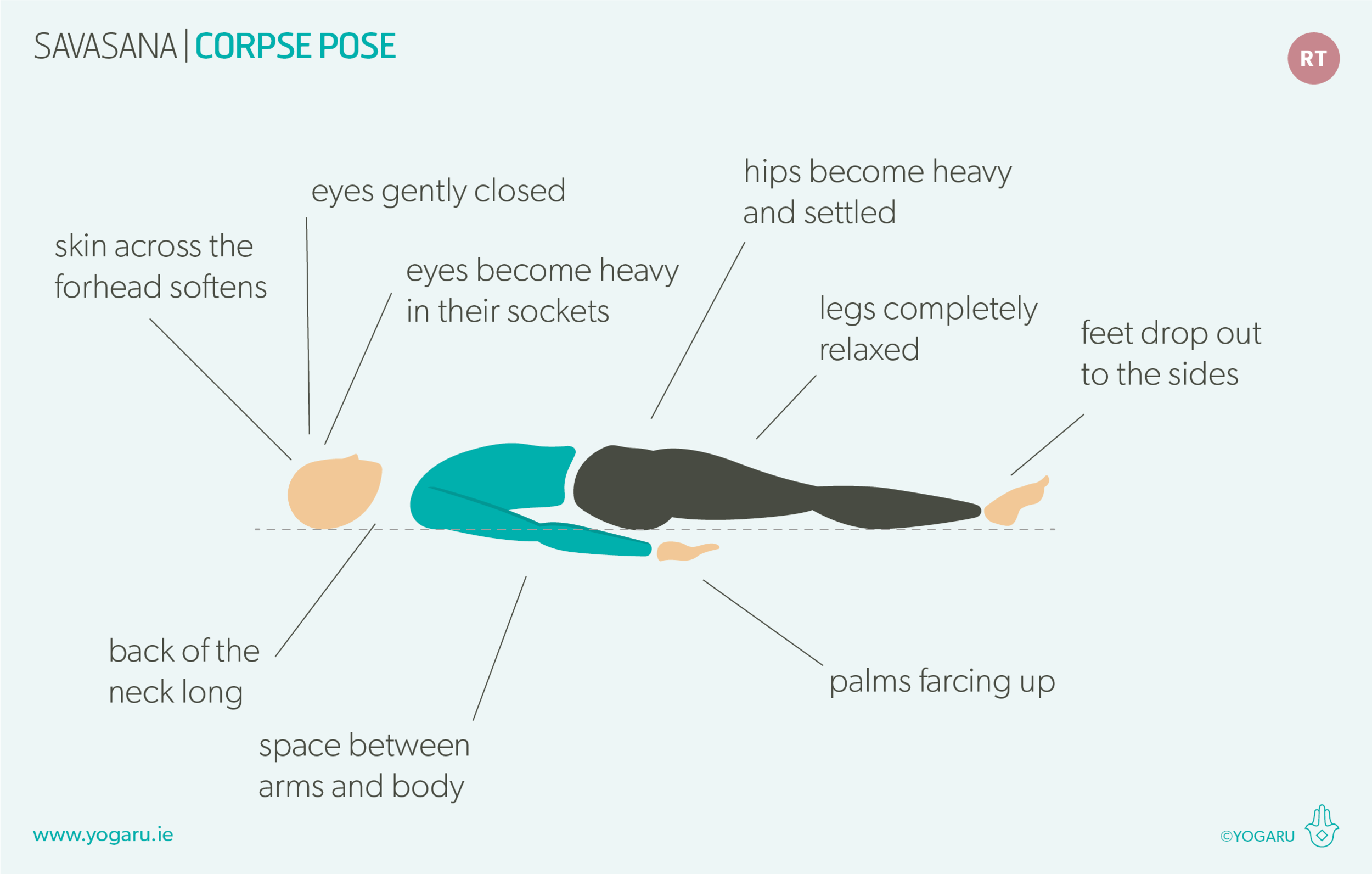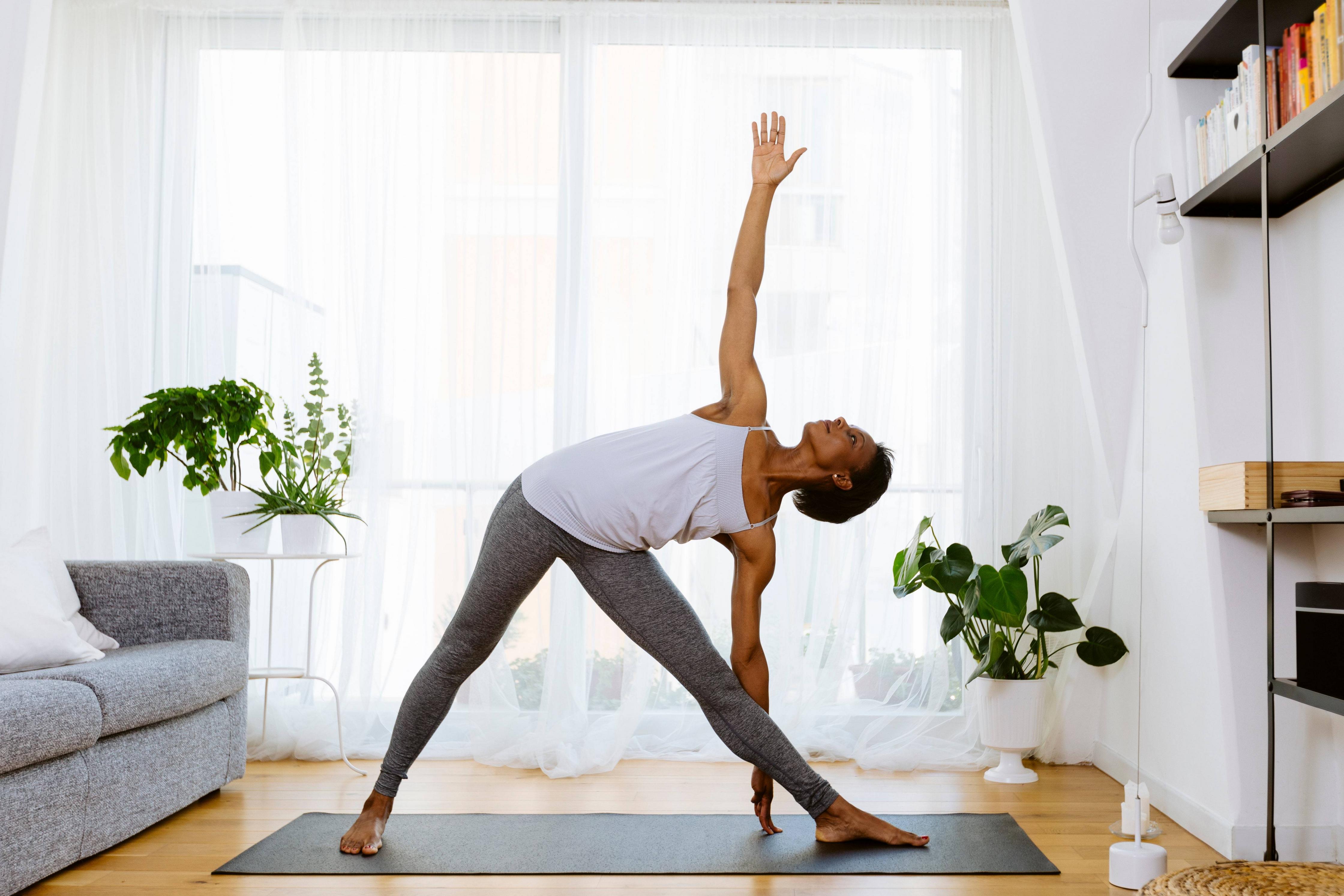
Both yoga and Pilates are good options for physical fitness, but there are some differences. Pilates exercises are more strenuous and require concentration and control of the body's movements. Yoga is a gentle, but powerful practice that strengthens the core. The type of yoga you are practicing will determine the order of these exercises. Some forms require a vigorous cool-down and warm-up. Combining these two types of exercise could result in a great workout. Both are beneficial to your health and well being.
Positivity is an integral part of both
Studies have shown that Pilates and Yoga help people cope with stress. Both styles promote flexibility and strength. They also encourage positive attitudes, awareness and control over one's own body movement. Pilates emphasizes movement efficiency, while yoga focuses more on static and stretching postures. The majority of Pilates instruction relies on verbal explanations, while yoga uses demonstrations to guide people through exercises.
Like Pilates, yoga is focused on relaxing the body through breathing techniques and poses. Yoga breathing sequences are rhythmic and deep. They aim to create a positive energy environment.

Both are dependent on flexibility
It is a principle that flexibility is vital to maintain good posture and movement. Yoga and Pilates exercise programs are based around this idea. Flexibility is the ability to move freely without difficulty or injury. It is also an important component of strength training. Stretching exercises help improve flexibility, which in turn helps you to gain more strength.
Flexibility can help with back pain and injury prevention. It can also help with everyday activities. Flexibility improves flexibility and reduces fatigue. Flexibility is something many people take for granted. However, it's an essential component of fitness. Flexibility exercises are a great way for anyone to improve their flexibility, whether they're looking to get to a higher level or just to avoid injury.
The two are bound together by joint mobility
As with all exercise programs, joint mobility is important for maintaining healthy function. Exercises that increase joint mobility can help you avoid injury and improve your quality life. Regular exercise is important for maintaining the health of your tendons.
Joint mobility is the ability to control a joint's full range of motion. This allows you perform movements like deep squats with good form. It is an important goal for most people because it helps to control flexibility and minimize the chance of injury.

They increase well-being
While the benefits of Pilates and yoga are clear, the exact mechanisms are not fully understood. However, it appears that they are associated with higher subjective well-being as well as health-promoting behaviours and fitness levels. They are accessible to everyone and carry a low risk for injury or illness. They are good public health programs, both for men and women.
Studies show that both Pilates and yoga improve health and well-being, particularly in elderly adults. They improve flexibility and strength as well as helping to manage stress. Each individual can modify the exercises to their own requirements. Yoga is particularly helpful for older women as it helps improve functional autonomy and balance. They can also ease muscle-related problems.
FAQ
What happens if I stop practicing yoga?
It's common to lose interest in an activity over time. Your body can become stiffer if yoga is stopped regularly. Stiffness can be caused by lack of exercise, poor posture, or simply aging.
It may become less flexible as you age, so consider retaking a few classes. It's important to maintain a regular routine. Exercise can help strengthen your bones.
What kind of yoga is for beginners?
Yoga is great exercise for all levels of fitness. It's an easy way to get fit and stay healthy. People who have tried yoga say they feel better physically and mentally. Yoga makes people happier and calmer.
Yoga is more than exercise. It is a way to live that includes breathing exercises and stretching.
There are many styles of yoga. There are many types of yoga. Some focus on strength training while others emphasize relaxation.
Your preference in yoga is what will guide you which type of yoga you choose. Iyengar Yoga is for you if flexibility is important to you. Or if you want to tone your muscles, go for Ashtanga yoga.
Are there yoga classes that cater to people with special requirements?
Yes, yoga studios offer specialized classes for people with disabilities. These include:
-
Individuals who are physically handicapped and want to improve their posture
-
People with limited mobility
-
People with arthritis
-
Recovering from injuries
-
The elderly
If you know someone who would benefit from these classes, encourage them to join.
How long should a class of yoga be?
Yoga sessions last between 45 minutes- 1 hour. The type of yoga you do will affect the time taken. 45-60 mins would be sufficient for strength-building exercises. However, if you're looking for relaxation or meditation, an hour or longer may be necessary.
It also depends on the yoga class that you're taking. Some classes require quick movement while others encourage slow, deep stretches.
Where can I find a qualified yoga teacher?
There are many qualified yoga teachers available in your community. You can also search online for a qualified yoga teacher if you don't live in a nearby area. Also, consider joining a yoga class that offers online registration.
I am already doing some form of physical activity. Is yoga still a good option?
Yes! Even if you are physically active, yoga can enhance your training results. Yoga can be combined with other activities like running, cycling, lifting weights, and swimming to achieve greater results.
Yoga helps you to focus on your breathing, which will help you burn calories quicker.
It can also increase endurance. No matter your level of experience, yoga can bring you the benefits.
Statistics
- The people in the yoga group were 37 percent more likely to have quit smoking by the end of the 8-week program. (nccih.nih.gov)
- A 2020 review of 27 studies (1,805 total participants) of yoga interventions in children or adolescents found reductions in anxiety or depression in 70 percent of the studies, with more promising results for anxiety. (nccih.nih.gov)
- In comparison, a 125-pound person is estimated to burn 135 calories in 30 minutes of walking (at a pace of 15-minute miles) and 210 calories bicycling at a moderate pace on a stationary bike. (everydayhealth.com)
- According to the Agency for Healthcare Research and Quality, falls are incredibly common among older adults in nursing facilities. Even the simplest ones can increase the risk of death (24). (healthline.com)
- Start your Fall off right with 20% off All Access Membership when you sign up by 9/25! (corepoweryoga.com)
External Links
How To
Yoga can help menopause symptoms
Yoga, an ancient form of meditation, focuses on breathing, stretching, and meditation. It originated in India. It has been used to stay fit for thousands upon thousands of years. It is becoming increasingly popular as people look for ways to stay fit and healthy in times of stress and illness.
Yoga is about using postures (asanas), in order to stretch muscles and improve flexibility. This helps to reduce tension and build strength.
There are also many different types of yoga, including Ashtanga, Hatha, Vinyasa flow, Bikram, etc. Each type of yoga focuses on a specific aspect of the body such as breathing, stretching and relaxation.
All forms of yoga aim to bring about balance in the mind and body. Yoga offers many benefits including better fitness, weight loss (weight loss), improved sleep quality and increased energy.
Many studies have shown yoga to be effective in treating anxiety, depression and insomnia. It isn't clear if yoga can be used to treat other health issues, such as symptoms related to menopause.
As well as helping you feel healthier and happier, yoga teaches you how to relax and manage stressful situations - skills that could be helpful when dealing with menopause.
Yoga can cause muscle soreness, so it is important to start at a low intensity level. Your doctor should be consulted if you have questions or concerns about your health.